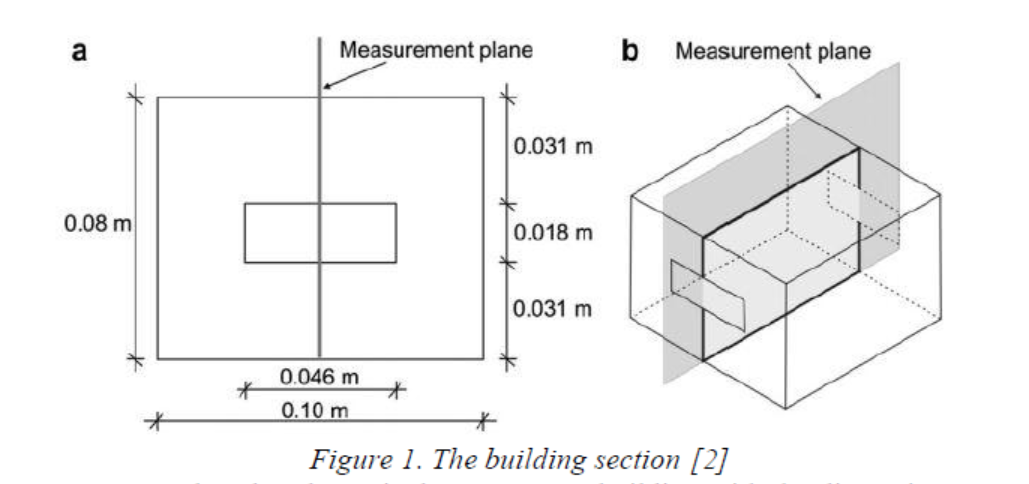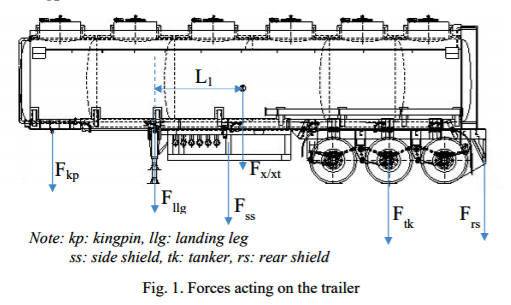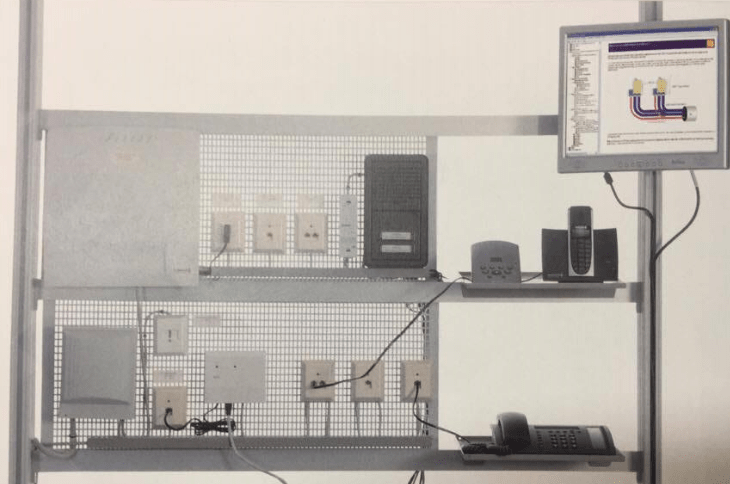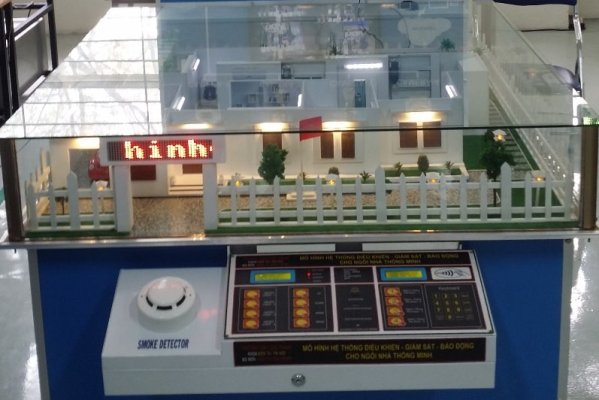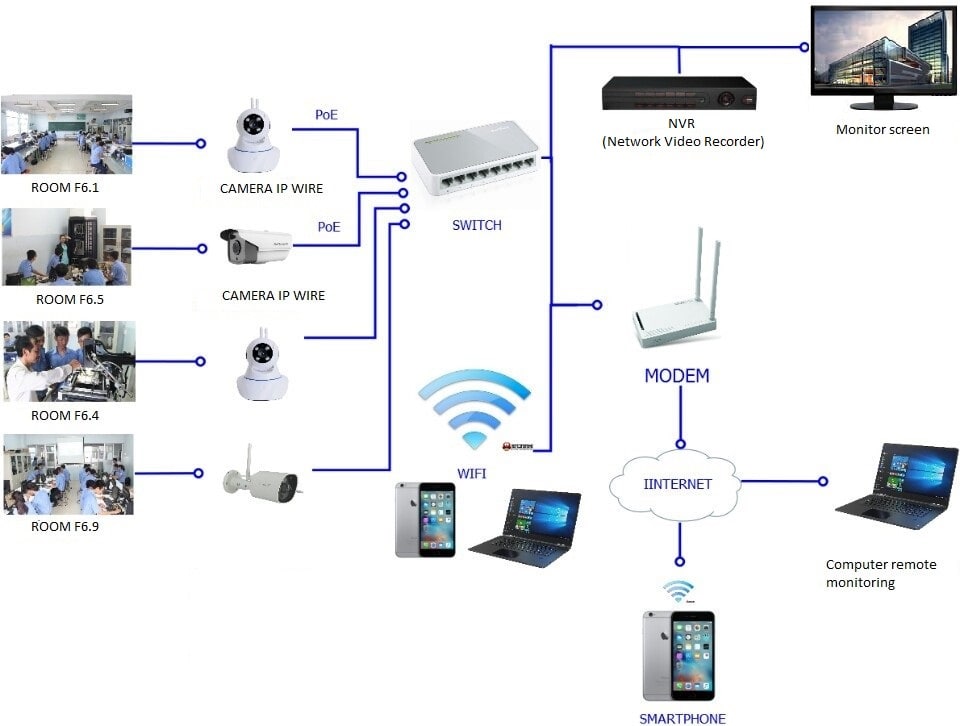Author: Nguyen Chi Thien - Le Quang Huy
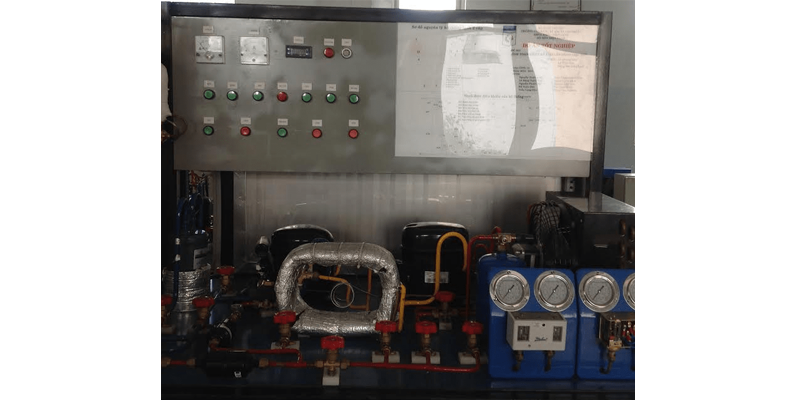
Two Stage Refrigerated Warehouse
Introduction
The purpose of a refrigeration system is the cooling of materials and products to protect food from spoiling. Cooling can be described as a process in which heat is removed from environment.
A commonly used refrigeration system is compression refrigeration system. In this system refrigerant flows through four main elements: a hermetic compressor, condenser, expansion element and evaporator.
In the event that a high COP of a refrigeration cycle is of greater importance compared to other factors, it is possible to significantly increase the COP of a basic cycle through the use of a multistage vapor compression cycle. This is especially true when the pressure ratio between the heat rejection and heat absorption pressures is large 5 or more.
Multistaging involves one or more intermediate pressures between the heat rejection and heat absorption pressures, and a series of compressors operating between successive pressure intervals.
Learning Objectives / Experiments
- Key components of a refrigeration system.
- The advantage and disadvantage of two stage refrigeration system compared with single stage.
- Function and operational behaviour of the refrigeration circuit components.
- Represent and understand thermodynamic cycle in the logP-h diagram with two stage compressor.
- Calculate the refrigeration capacity from the logP-h diagram and in comparision with the measured values.
- Calculate the coefficient of performance and the efficiency of the compressor.
- The utilization of teaching the subjects: industrial refrigeration, electrical equipment in refrigeration system.
Specifications
Compressor
- Power consumption: 491W
- Refrigeration capacity: 1140W
Condenser with fan
- Air flow: 290m3/h
- Transfer area: 1.5m2
Evaporator with fan
- Air flow: 135m3/h
- Transfer area: 2.42m2
- Electric defrost heater: approx. 150W
References
1. Wilbert F.Stoecker, Industrial Refrigeration Handbook.
2. American Society of Heating, Refrigerating and Air-Conditioning Engineers Inc, 2010 ASHRAE HANDBOOK REFRIGERATION, SI edition.
3. G.F. Hundy and A.R. Trott, Refrigeration and Air Conditioning, Fourth edition.
4. Ross Montgomery and Robert McDowall, Fundamentals of HVAC control systems.
5. Gunt, Theory machines and properties of Materials Handbook.
 Vietnamese
Vietnamese
